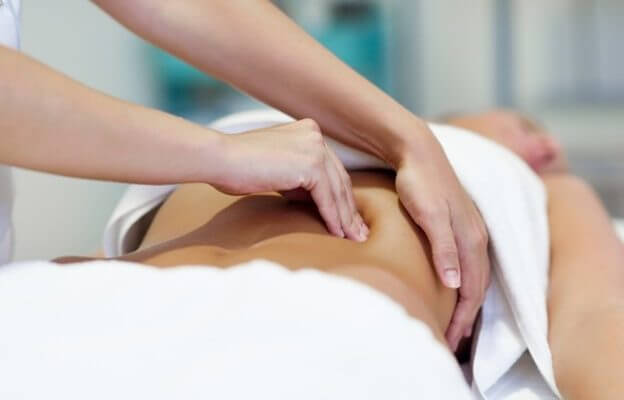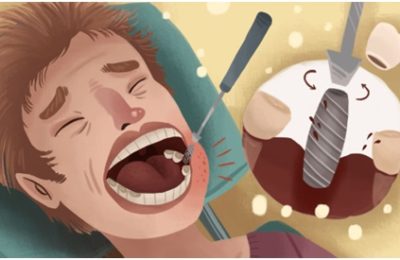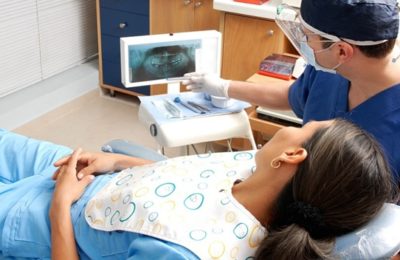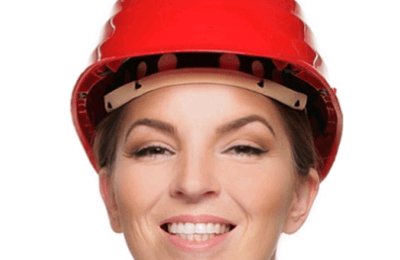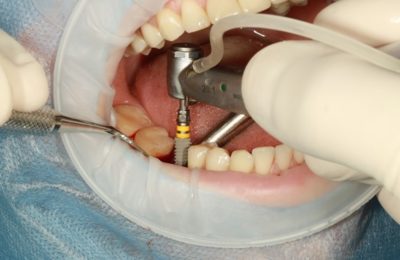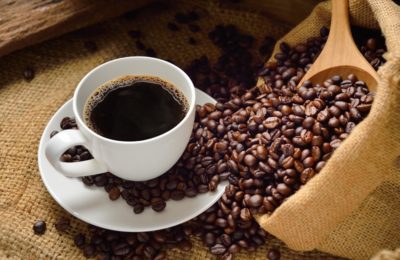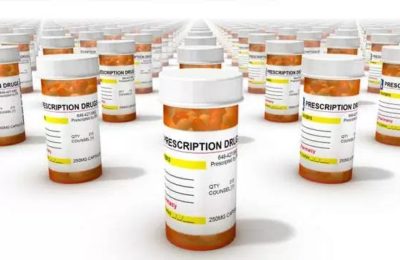Osteopathy is a manual therapy that originated in the 19th century in the United States. Its founder created a teaching college in the USA. his students have developed many others to this day. Beaconsfield Osteopathy is an exclusively manual practice that especially lifts joint blockages of the body to enable it to function better.
The body is a complex mechanism that undergoes deterioration with time, with life, sports traumas, accidents, postural habits, repetitive professional gestures, obstetrical trauma for the mother or the child, stress, and more. When some joints lose their initial mobility, osteopathy helps restore it.
The best results are obtained when dealing with functional problems, that is, the pain with no known cause. In direct relation to the musculoskeletal system, it is possible to mention vertebral, rib, articular pain, tendonitis, muscular pain and trauma. A headache, migraines and vertigo may respond positively to osteopathic treatment near Beaconsfield. Certain digestive or gynecological disorders must be mentioned to the practitioner so that he checks if nothing hinders the physical or organic functioning.
With our osteo or osteopath near Beaconsfield, no drugs are used. The treatment is administered using palpation and manual techniques. If the patient follows a medical procedure, he must inform the practitioner who will take note of it. The osteopath uses only their hands and knowledge as well as their vital forces.
Does Osteopathy Affect Pain?
Pain is often the consequence of a malfunction. Beaconsfield Osteopathy significantly decreases pain and often eliminates it by improving the functioning of the body. Each session must show progress either concerning pain relief or improved mobility. At each consultation, the improvement is sensitive to pain as for movement.
Health is an important and serious topic, and the mechanics of the human body are complex. It is therefore, necessary that the practitioner must be experienced both in terms of joint assessment and treatment techniques. Millions of patients follow manual treatments every year worldwide. Beaconsfield Osteopathy is not dangerous when it is implemented on the basis of established techniques and safeguards during examination and care.
It must be practised by well-trained practitioners trained. The osteopathic techniques near Beaconsfield should never be trivialised or overused. If treatment involves musculo-articular mobilisations, noises may occur, which in no way signify a repositioning. When it exists, this sound is the evocative of two opposing solids, in other words, two bones. In reality, it is not the case.
Instead, the noise is triggered by the pressurisation of a gas bubble contained in the joint. At a particular stage of pressure, this gas dissolves in the articular fluid creating this inherent noise.
Articular displacement does not cause some of the joint issues. It is an abuse of language, popularised by the idea that vertebrae, in particular, could move and so get out of their place. Fortunately, the joints have solid means of a union: ligaments, capsules and muscles. The movements are serious and are called luxation.
Dislocations are not treated by osteopathy but by rest after orthopedic reduction, rehabilitation, and sometimes surgery. On the other hand, mechanical articular and tissue defects that are amenable to osteopathic treatment cause pain (local or remote).
After listening to the patient, the practitioner studies the postural schema and practices an osteopathic palpatory assessment. We proceeds to establish specific therapeutic programming for each patient by choosing the order and techniques that we use. The aim is to restore the joints to their optimal amplitude, as well as to relieve the contracted muscles, which are the seat of permanent hypertonia.

